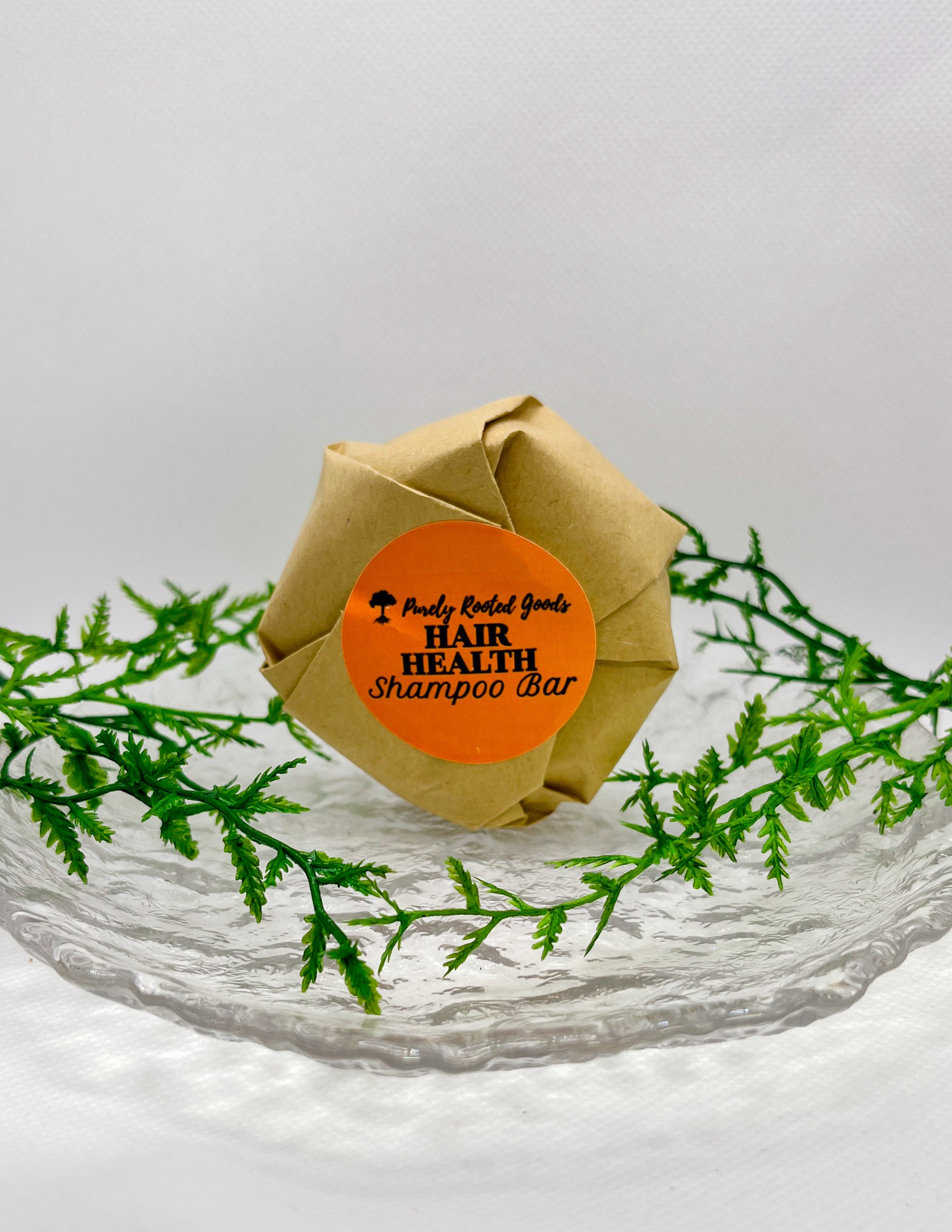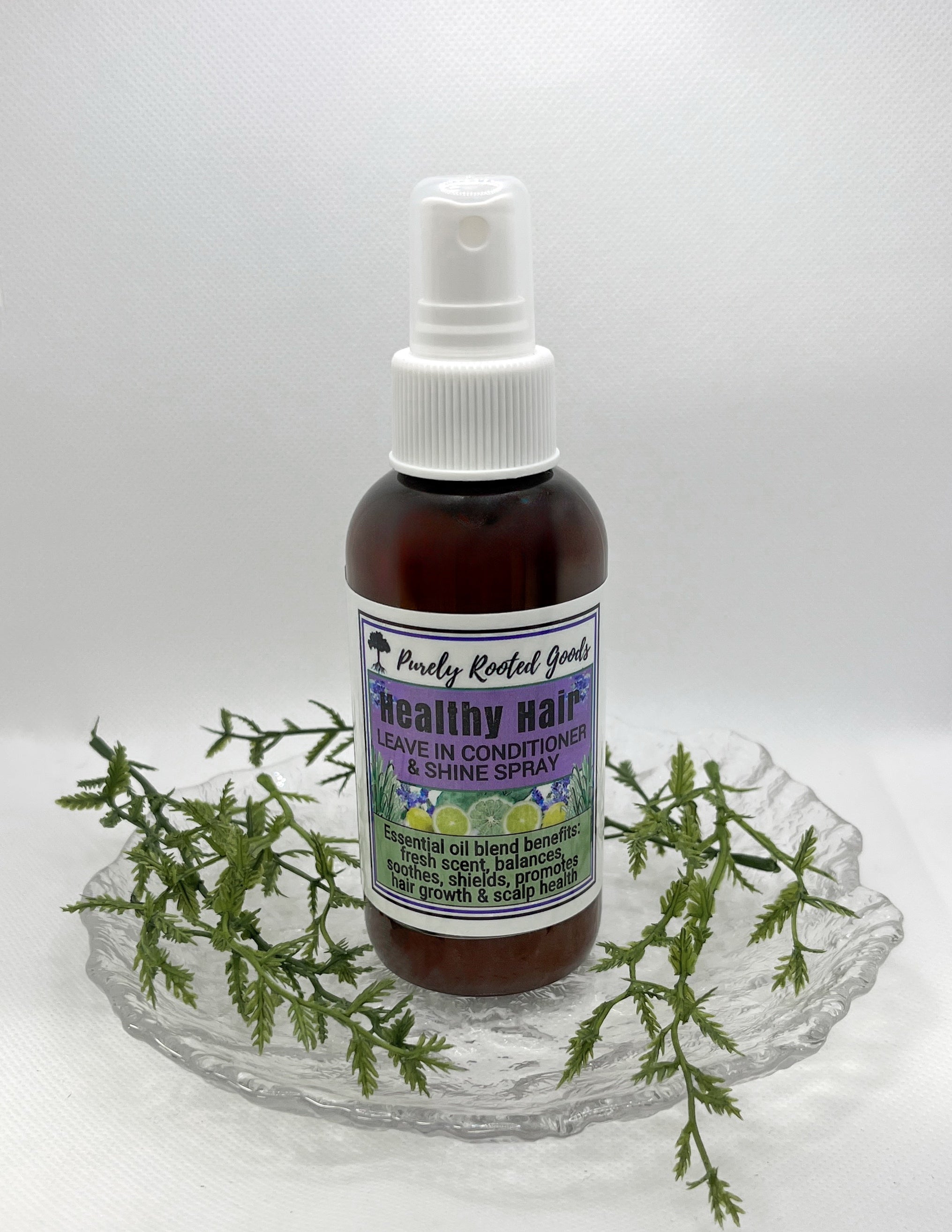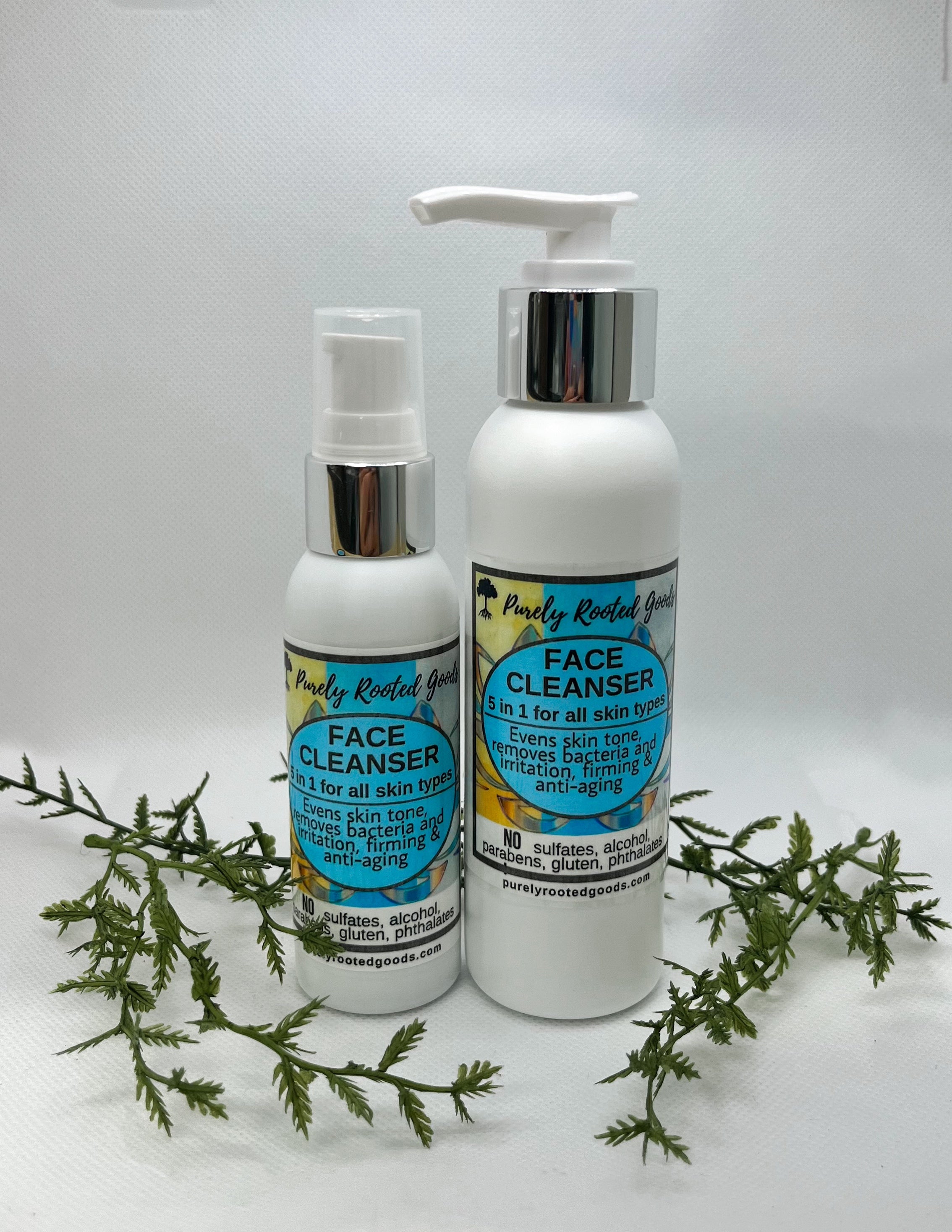Sun Protection | Zinc Oxide VS. Non-Nano Zinc Oxide + Common Chemicals
STOP!!!! Hold onto your flipflops! Before you go out to spend the day at the beach, hang out with your friends in your back yard, go on a boating trip, work on your garden, or just go out to spend a couple of hours with your favorite little people…flip your bottle of sunscreen over and read the label. Anything that isn’t CLEAN can make you sick!!!
What IS clean? Below, we will list some of the top ingredients you should stay away from, and how to choose the best ones for you and your family. Sun protection is an important topic on the minds of millions especially during the summer months. The variety of available sun protection products has grown exponentially in recent years, and while having a wide variety of choices available is a wonderful thing for consumers, it can also be daunting to know which products are safe for you and your family and offer worthy sun protection. When choosing a sunscreen, find one that is both safe and effective. ‘SAFE’, meaning that it won’t irritate your skin or harm your body. ‘Effective’, meaning one that effectively protects you from the rays of the sun.
Zinc Oxide VS. Non-Nano Zinc Oxide ~ There are 2 types of sunscreens, chemical or mineral. Zinc oxide is a mineral and is an active ingredient in sunscreen because it actually does the work of protecting your skin from the sun’s damaging rays. BUT it is important that the product has Non-Nano Zinc Oxide. Not just zinc oxide. NEVER USE CHEMICAL SUNSCREENS!
NANO: (or regular zinc oxide): these super-small nanoparticles is that they can find their way into your body by penetrating your skin and getting into your bloodstream. Non-nano particle won’t, so it is considered safer. Nano-sized particles are so small that they can be ingested by coral reefs, and we don’t want that either.
NON-NANO: sits on top of your skin (rather than soaking in like chemical sunscreens with zinc oxide do) and protects you by scattering, absorbing, and reflecting the sun’s rays. It is truly effective against UVA, UVB, and even UVC rays —this is called a “broad-spectrum blocker.” It’s also good for your skin, so mineral sunscreen is the way to go!
We checked out some of the top mentioned and recommended sunscreens and were SHOCKED that some of these are still on the market. People are recommending things to their friends and family because ‘it works’ or ‘it smells great’…not even realizing the toxic hazardous effects of what they are using themselves…let alone recommending to their loved ones. And most of the ones that actually have decent ingredients are over $40 a pop.
TOP INGREDIENTS TO LOOK FOR AND STAY AWAY FROM IN SUNSCREEN!! Even the top rated apps for evaluating products aren’t completely reliable anymore, due to being bought out by the big mainstream companies who spend a lot of time greenwashing. Crosspolymers, co-polymers, silicone, polyester, zinc oxide, avobenzone, oxybenzone, octinoxate (a.k.a. octyl methoxycinnamate, mineral oil, momosalate, PABA (para-aminobenzoic acid), Isohexadecane (a component of petroleum), Polymethylsilsesquioxane (a polymer formed from the condensation and hydrolysis of the silicone methyltrimethoxysilane), Isododecane (silicone) These ingredients are bad enough on their own, but when combined, exposed to sun, and absorbed into the skin they become even more toxic. They can cause skin allergies, burning sensation, nausea, headaches, acne outbreaks or random red skin patches. They can cause cancer, disrupt the hormone system and cause harm during reproduction and development. They have also been linked to aquatic toxicity, with the potential to harm coral health and it is often contaminated with the known carcinogen benzophenone. The three main chemicals that have been found to be harmful to coral reefs and aquatic life are Oxybenzone, Octinoxate, Octocrylene.
So before you go ahead and use that sunscreen, check out the label. Keep in mind that more natural sunscreen doesn’t last quite as long, so be sure to use it within a year. If it is grainy or smells off, throw it in the trash and get a new one.
We have 2 different options for you that are safe + effective: 100% mineral based, have UVA/UVB protection, and they are reef safe! We personally use the Sunshade Sun Drops on our faces, and the Sunshade Sunscreen on our bodies!









